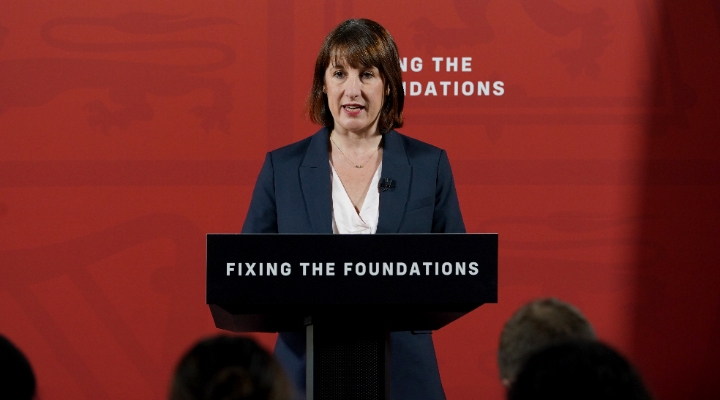
The self-assessment deadline of January 31, is just one week away - the first of the financial deadlines in 2019. Nothing to declare? No time to sit on your laurels, the new tax year is just a few months off meaning you have less than 10 weeks to use up your tax-efficient pension and ISA allowances.
The annual allowance for pension contributions is £40,000 and if you save into both a workplace scheme and SIPP it can be difficult to keep track of your running total. Move jobs every couple of years and totting up your lifetime savings becomes near impossible.
This year's launch of the pensions dashboard, which will allow users to see all of their personal plans in one place, will therefore come as welcome respite to advisers and those saving for retirement.
However, the dashboard has been a long time coming and initially will not include State Pension entitlements, meaning that users will still need to look at two websites to get a financial overview.
The omission of the State Pension from the first iteration of the dashboard has attracted criticism from many quarters, including former pensions minister Steve Webb. If the scheme is going to be delayed anyway, why not wait until the state pension can be integrated so that users have a proper “one-stop shop”?
Rachel Vahey, product technical manager at Nucleus said: “State pensions make up a significant part of people’s later life income, so missing them out gives a false impression of someone’s overall income.”
To add to the confusion, there may be multiple versions of the dashboard in the future. Defined benefit schemes, particularly older ones, will be harder to trace and integrate into the dashboard. A "definitive" dashboard may be an unrealistic ambition, especially for older investors.
There had been some speculation around the time of the autumn Budget 2018 that the dashboard would be scrapped. Esther McVey, then Secretary of State for Work and Pensions, was believed to be against the dashboard – but the minister moved on, to be replaced by Amber Rudd in a Cabinet reshuffle.
Dashboard Given the Green Light in December
Pensions Minister Guy Opperman confirmed in December 2018 that the scheme is going ahead. The Department for Work and Pensions consultation with the pension industry is due to close next week, on January 28.
The Financial Conduct Authority is part of the “delivery group” tasked with implementing the dashboard. One of its tasks is to make sure that the right people have access to an individual’s data, which includes checking the identity and professional status of IFAs.
Financial advisory firm LEBC backs the dashboard, with the following caveats: it must be accessible to IFAs when they are nominated by the pension scheme member, and it must be mandatory for pension providers to make information available to the dashboard.
LEBC argues that the dashboard will “drive greater consumer engagement with pensions”, cut the cost of advice and help reduce pension scams. Official figures released this week show that pensioners have been duped out of £202 million since 2015.
Pension Changes for the New Tax Year
The 2018 Budget was relatively light on personal finance changes – the expected change to higher rate tax relief didn’t happen – but the annual allowance was nudged upwards by £55,000 to £1,055,000. Auto-enrolment rates are increasing to 8% in April 2019 - made up of 5% from the employee with the employer adding 3% - but there are risks this could deter some younger people, as Morningstar’s Emma Wall discussed in this video.
The basic state pension and new state pension increase by 2.6% from 6 April 2019, a cash increase of £3.25 a week and £4.25 a week respectively. But the pension age will start to rise from this year.
The cost of filling in gaps in National Insurance contributions, which determine how much state pension someone receives, will also rise from April 2019. Those who pay “voluntary” contributions currently qualify for special rates until the new tax year.











.jpg)
















